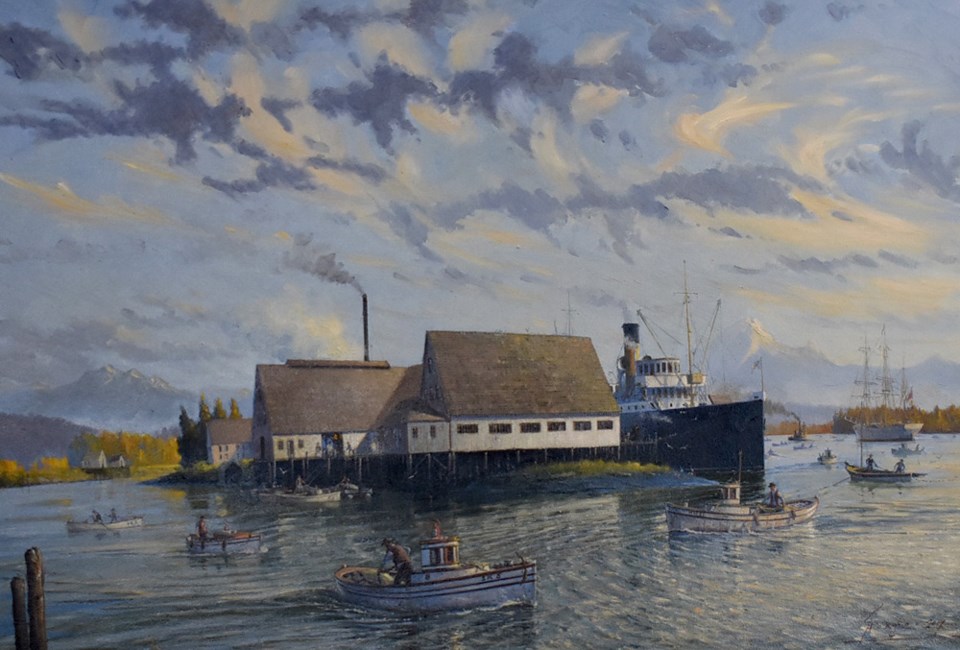Two Richmond islands were supposed to be renamed to reflect their Japanese history almost 20 years ago, but the names of Don Island and Lion Island were never changed.
Already in 2006, Richmond city council supported renaming the two islands, located on the Fraser River at the south end of Graybar Road, “Oikawa Island” and “Sato Island.”
This would have coincided with the 100th anniversary of the arrival of the sailing ship Suian Maru carrying 83 Japanese people to work in the fishing industry.
Renaming the islands apparently never happened, and, according to former Richmond city Coun. Harold Steves, who originally brought up the suggestion, they were told by Ports Vancouver it would be too complicated to change all the nautical charts.
Now that he’s retired from city council, Steves plans to bring back the issue, hoping to get the current city council on board.
“I’m intending to take another try at it this summer,” he told the News, adding “I left that one to my retirement.”
Steves noted that, back in 2006, not many places were being renamed, but, since then, the Queen Charlotte Islands have become known as “Haida Gwaii.”
While Steves wasn't sure were the name "Dan Island" came from, he surmised "Lion Island" came from the "Lion" brand of salmon that was being processed at Ewan's Cannery.
Deep Japanese roots on the two islands
Most people have heard about canneries that used to line the waterfront in Steveston, but there were canneries farther east as well including on these two islands.
The Suian Maru sailed to Canada in 1906 with 80 men and three women on board, coming with the intention of working in the fishing industry on Don and Lion Islands.
Their leader was Jinzaburo Oikawa who had been in Canada learning about the fishing and processing industry a decade earlier. Hence, the name Oikawa Island.
As for the name Sato Island, Soemon Sato originally asked Oikawa to come to Canada to learn about the salmon fishing industry.
Oikawa’s plan was to arrive as a group of shipwrecked fishermen.
Their sailing ship, that had travelled via the Bering Sea and Alaska, was stopped, however, on Vancouver Island and everyone was arrested.
According to the Canadian Encyclopedia, the newcomers got help from a clerk at the Japanese consulate, allowing them to stay.
The group then settled on Don and Lion Island where they lived until 1942 at which time they were sent to internment camps as Canada was at war with Japan.



